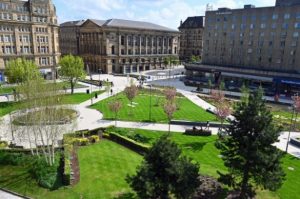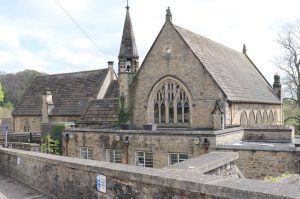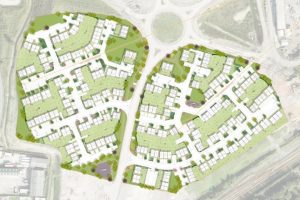£250m transport system takes step closer

A MODERN and rapid £250m transport network for Leeds has taken a step closer.
Revised plans and designs for the city’s New Generation Transport (NGT), which has the potential to create up to 4,000 new jobs and boost the economy by up to £176m per year, have been published this week.
Extensive consultation has taken place with businesses and residents along the proposed route of the 14km network, which runs from Holt Park in the north of the city through the city centre to Stourton in the south, since the government gave the go ahead for the scheme in July last year.
With NGT set to cut up to a third off journey times into and out of the city centre and improve connectivity between the city’s key areas – including the universities, the First Direct Arena, Trinity Leeds, Brewery Wharf and New Dock – representatives of the Leeds business community believe the scheme will bring major opportunities for businesses in the region.
Mark Goldstone, head of business representation and policy at Leeds, York and North Yorkshire Chamber of Commerce, said: “Businesses are of the view that transport is one of the key factors that determine levels of local growth.
“As well as driving economic regeneration, good transport networks are vital if employers are to have access to the workforce they need to grow and expand.”
Mr Goldstone said that NGT would also bring major opportunities for businesses in the region.
He said: “There are many areas where local firms have the skills and experience to play key roles in the delivery of the scheme and it’s vital that we make the most of these opportunities to maximise the benefits of NGT to the local economy.”
New analysis shows that NGT will benefit commuters by significantly reducing journey times. Increases in land and property values as a result of NGT will also boost investment and development.
Allied London, which acquired New Dock in 2012 and plans to reposition the area as a residential and business destination, said NGT would have a massive impact, improving connections for people travelling into the city centre and across Leeds, and will play a key part in driving further regeneration and development south of the city centre.
Chief executive, Mike Ingall, said he thinks the NGT is a “crucial” infrastructure if Leeds is to evolve as a holistic city.
He said: “Leeds’ Southbank area is such an area of opportunity and its development is going to be greatly enhanced by this project and enable the city to conquer some of its infrastructure communications issues.
“We are hopefully slowly emerging from a period of very little growth and a real lack of investment and whilst Leeds has progressed better than most cities in this period, with the development of the Arena and Trinity, its medium to long term development can only be achieved by significantly improving the current infrastructure, which in turn will drive the next wave of development.
“It is absolutely vital the private sector get behind this project and give it their full support as the benefits to all communities and stakeholders are huge.”
Revised plans for the scheme, drawn up after months of consultation with businesses and residents, will be considered at a meeting of Leeds City Council’s Plans Panel, scheduled for June 25. The meeting will take place in public, providing businesses and residents with the opportunity to comment on the new proposals.
After that, the joint Metro and Leeds City Council NGT project team will start work on preparing a Transport and Works Act Order (TWAO) submission to obtain legal powers for the work to go ahead.
A public inquiry is expected next spring, after which it is hoped that the Secretary of State will approve the TWAO, providing the legal powers necessary for work to go ahead, in June 2015. Construction would then begin in 2017 with the system operational early in 2020.
Cllr Richard Lewis, Leeds City Council’s executive member for development and the economy, said: “This scheme is vital for the future of Leeds. It will boost the economy and will make the city a more attractive proposition for developers and investors. There’s also potential to extend the network into areas such as the Aire Valley Leeds enterprise zone, to the east of the city centre.”







